May Smocks,
Hairy-pod Cress
Display all 27 images


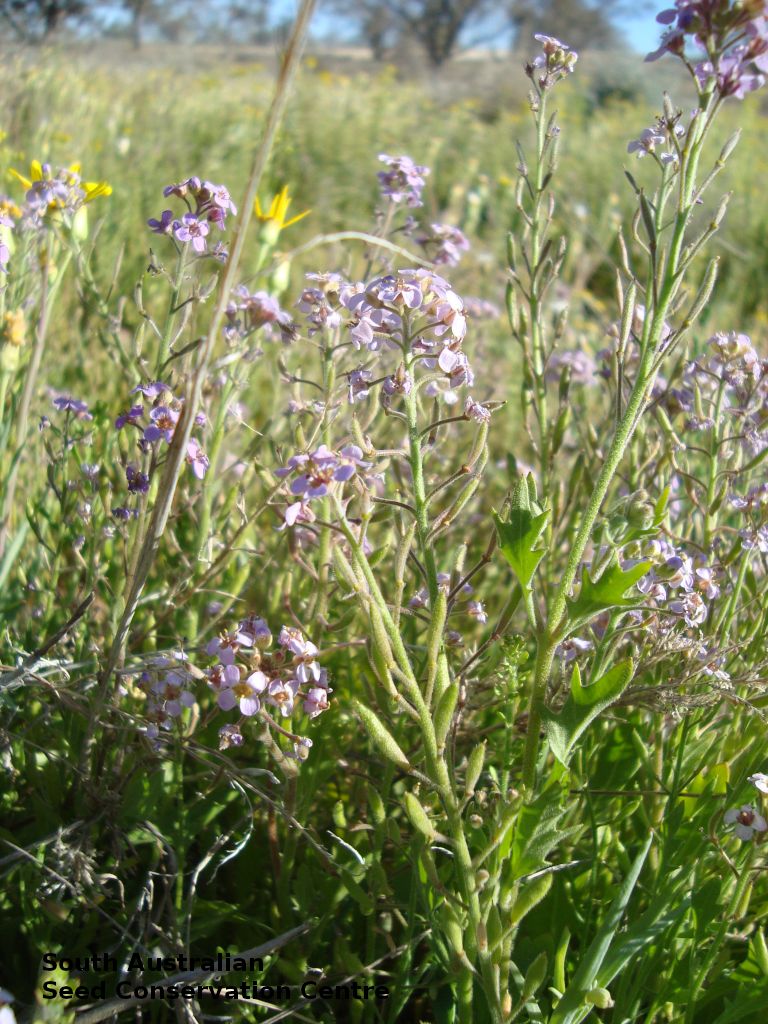
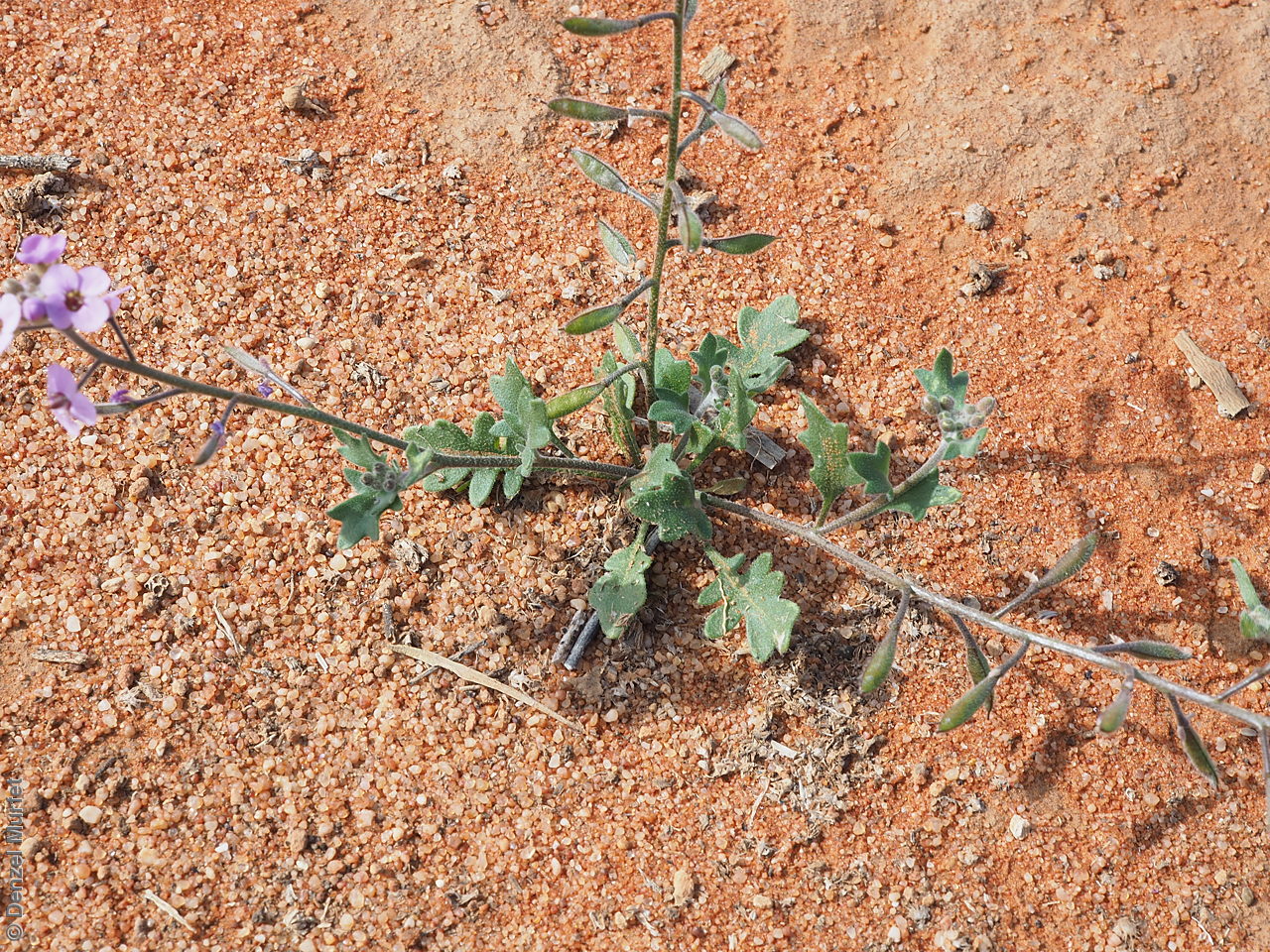

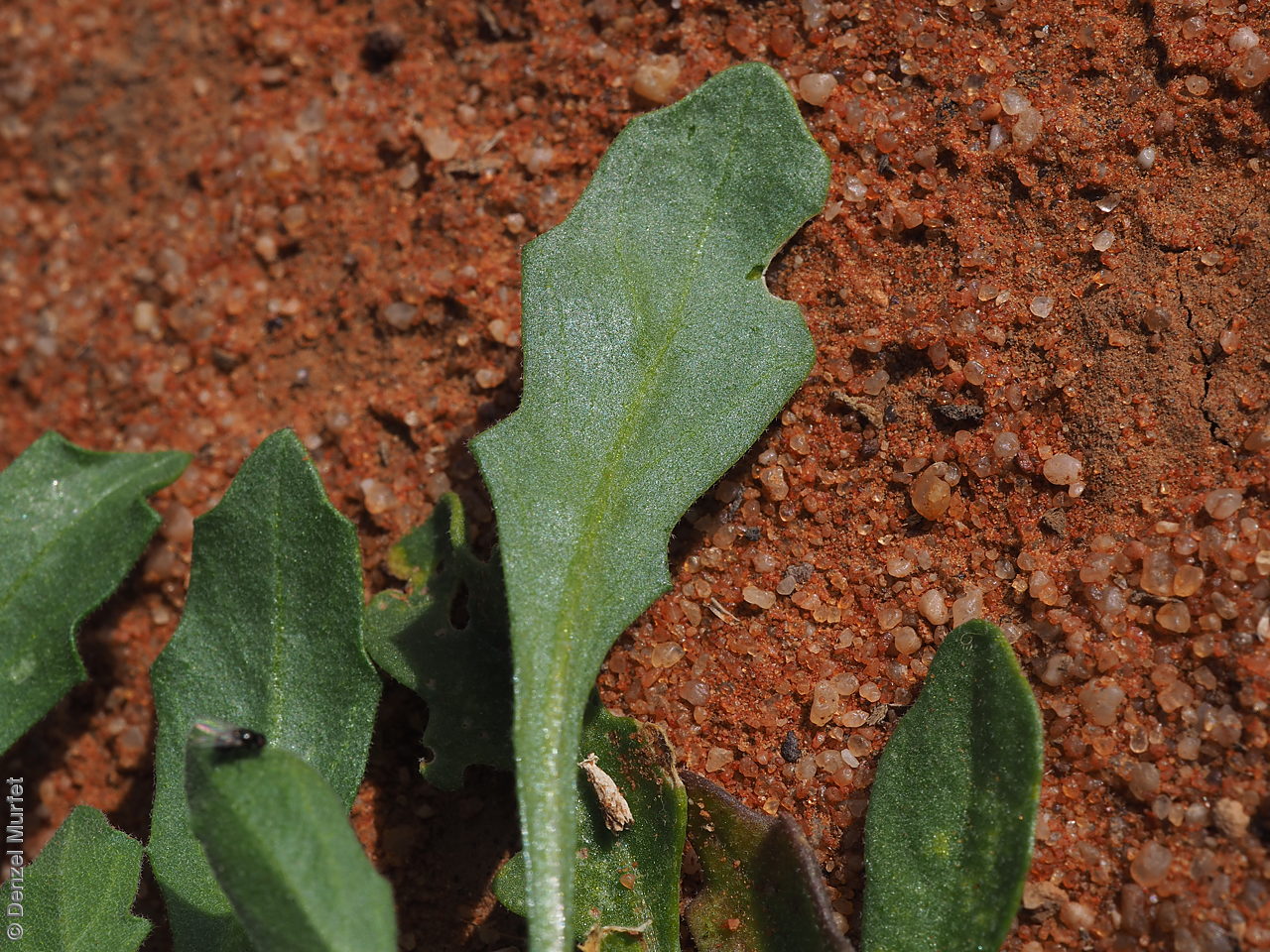

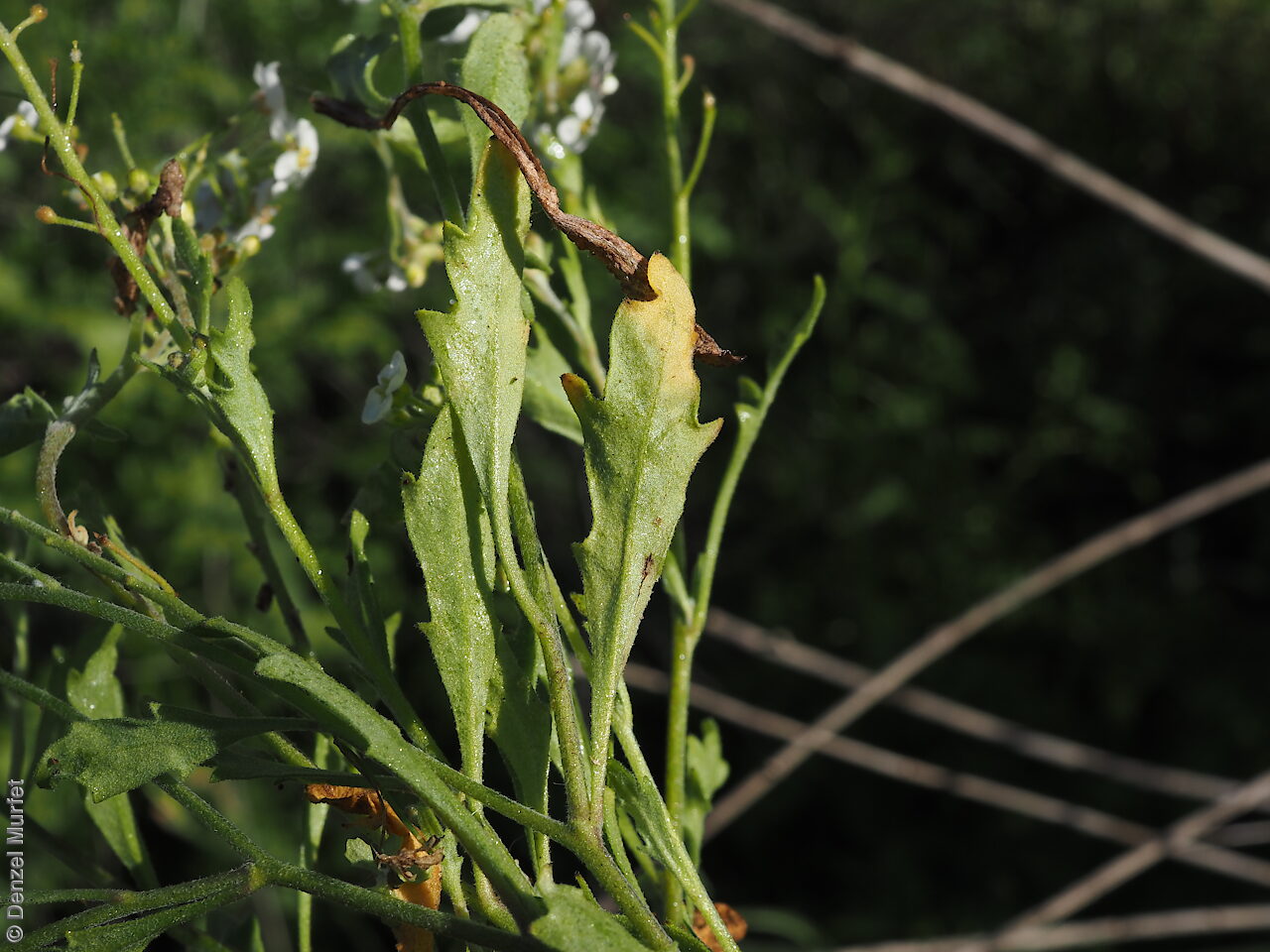
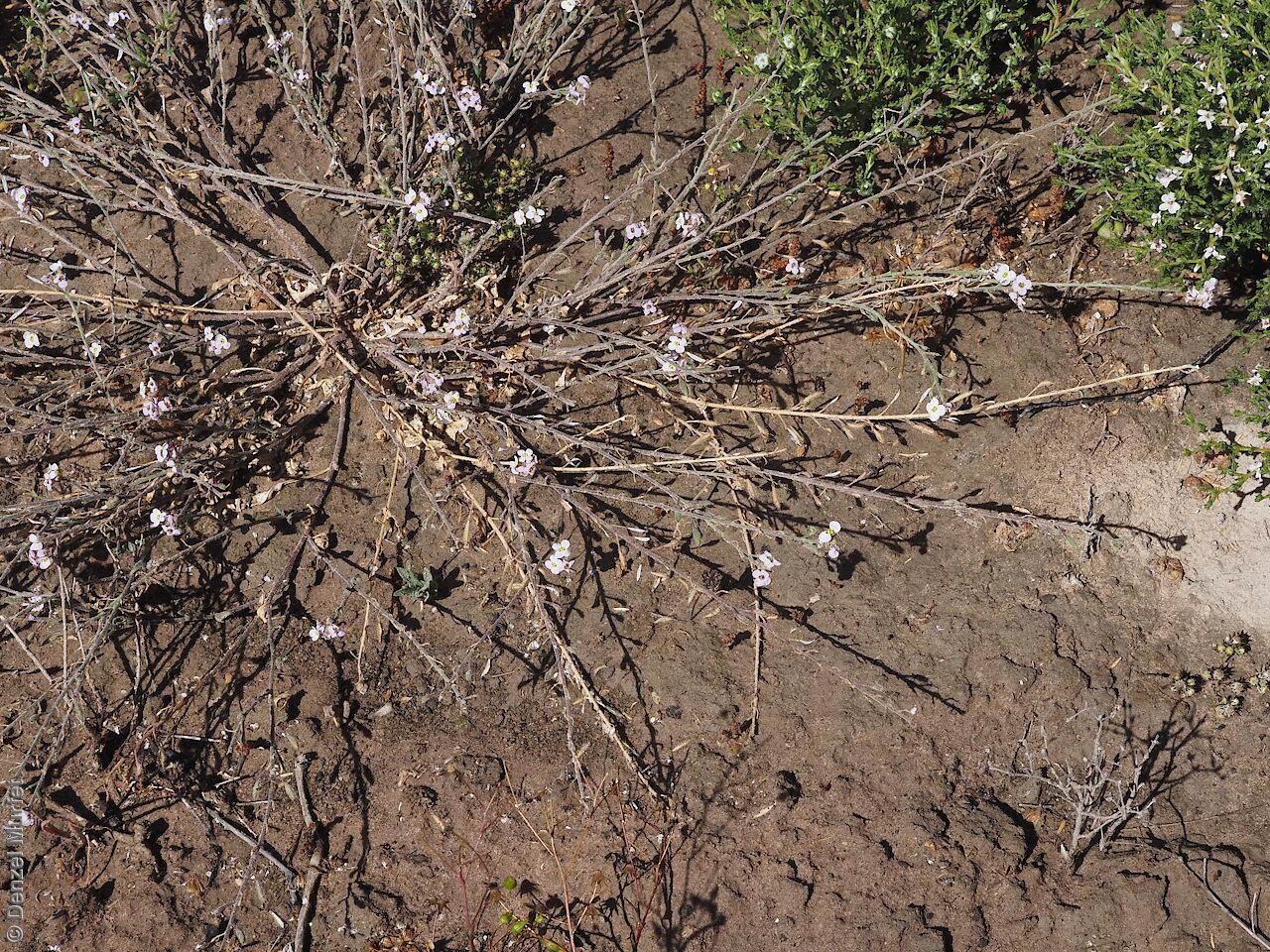

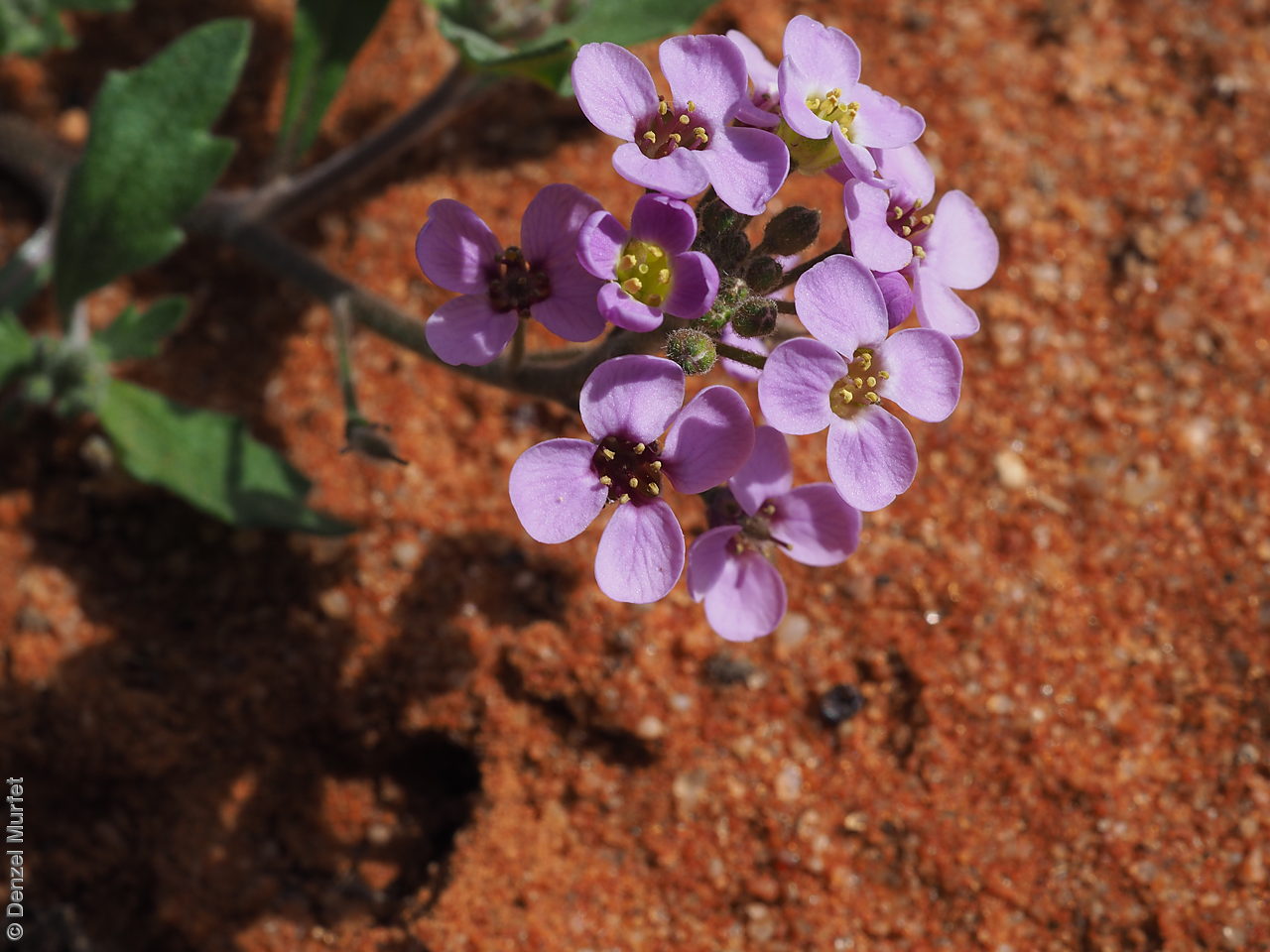


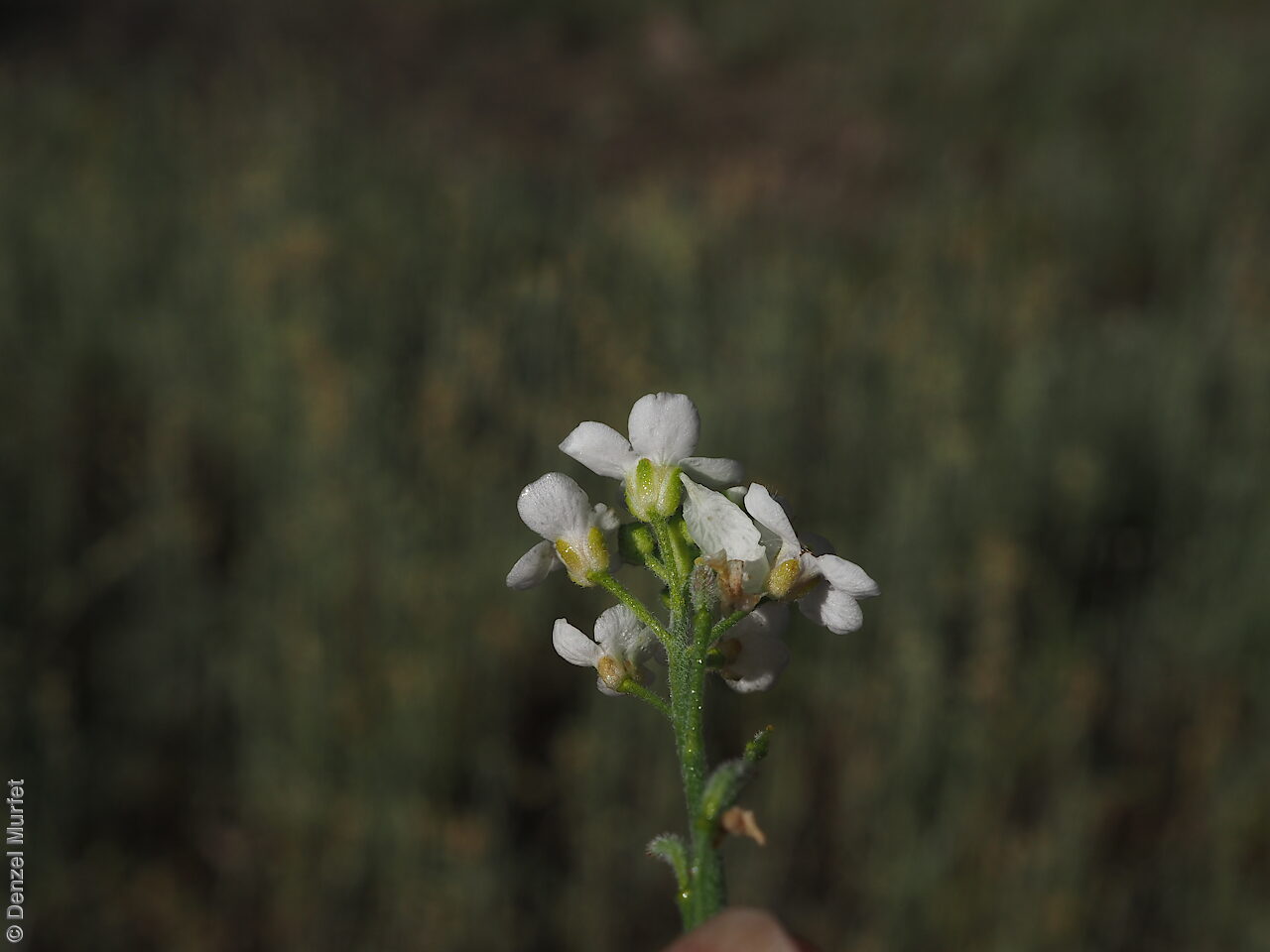
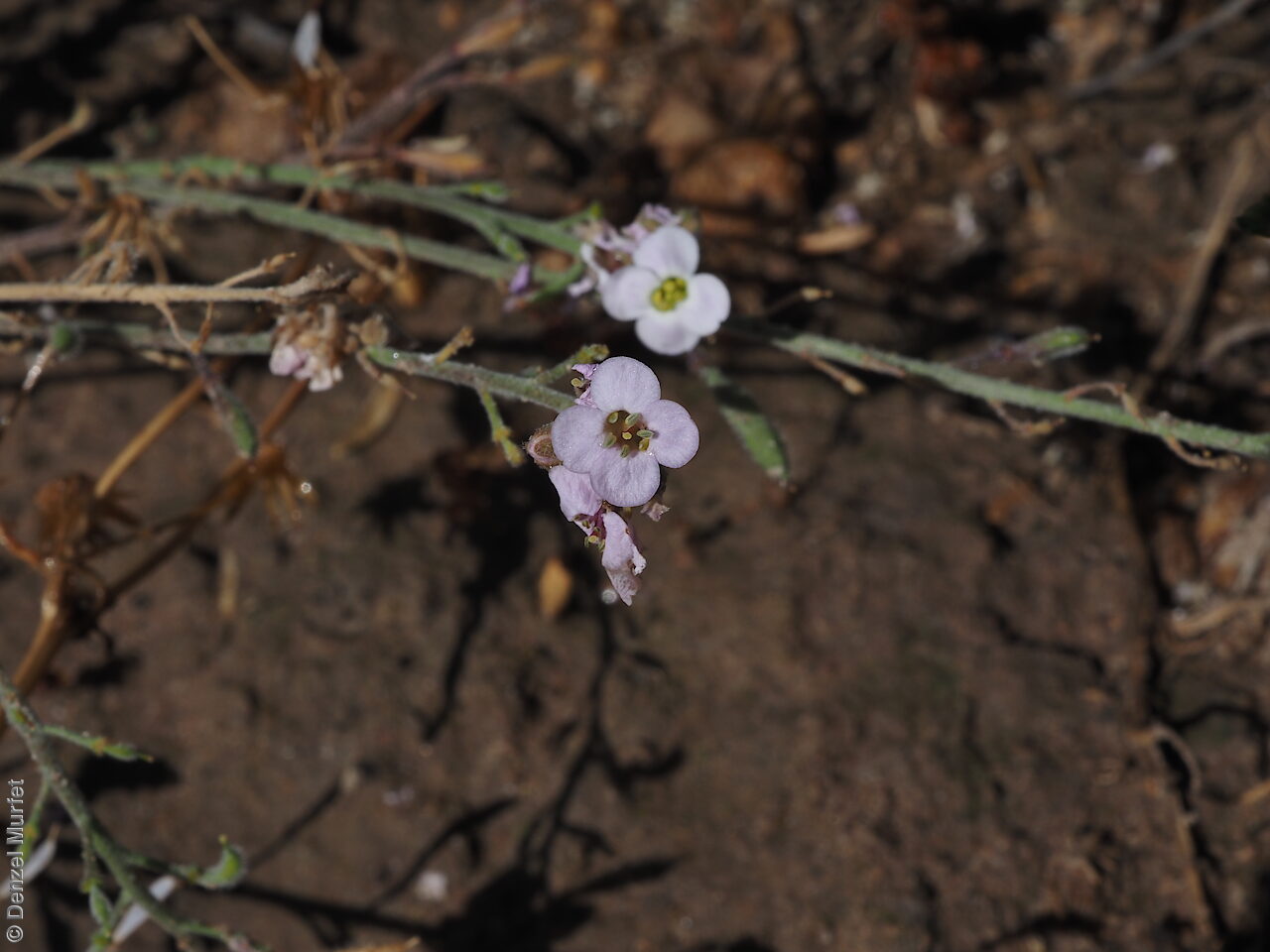


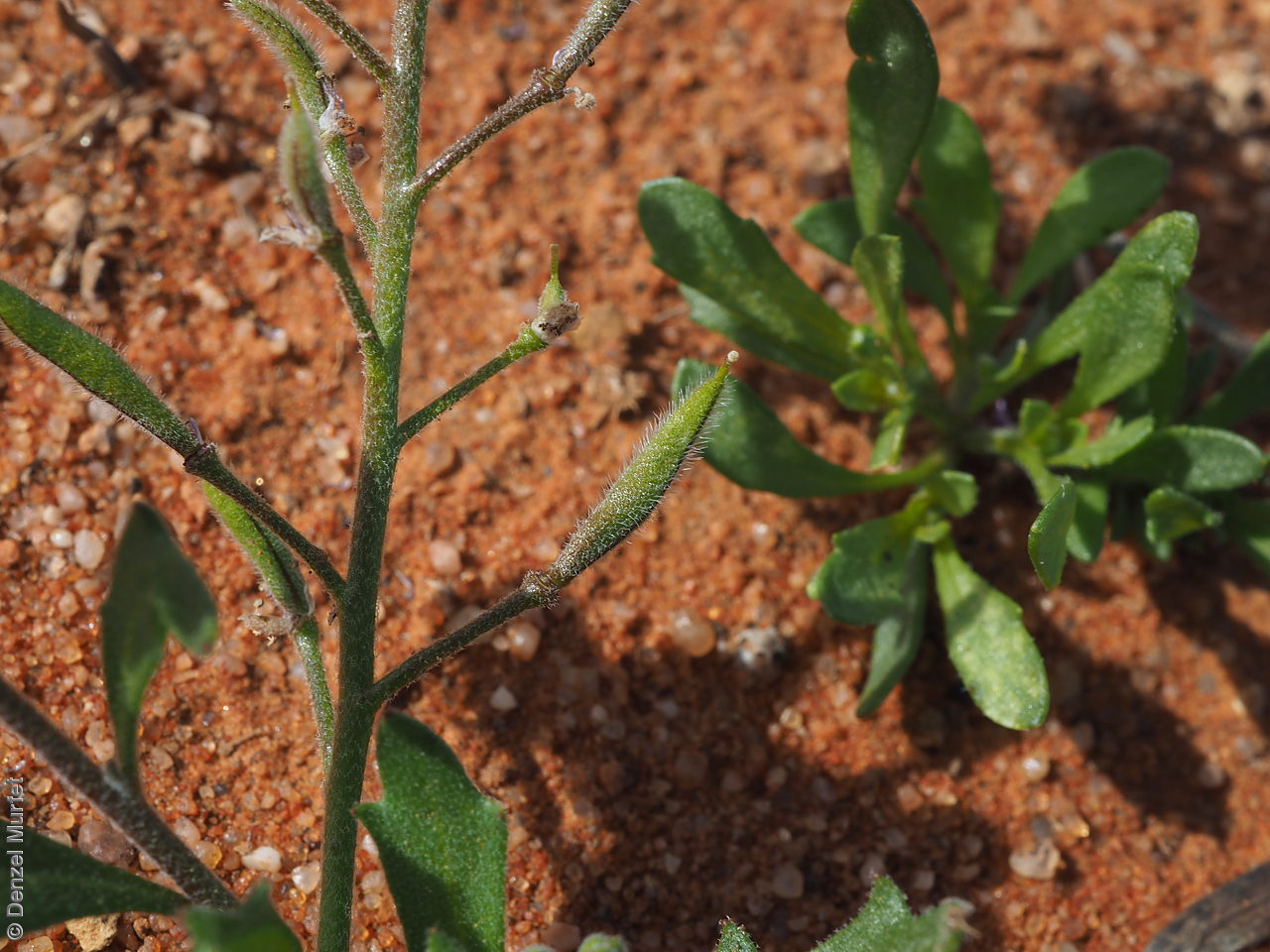


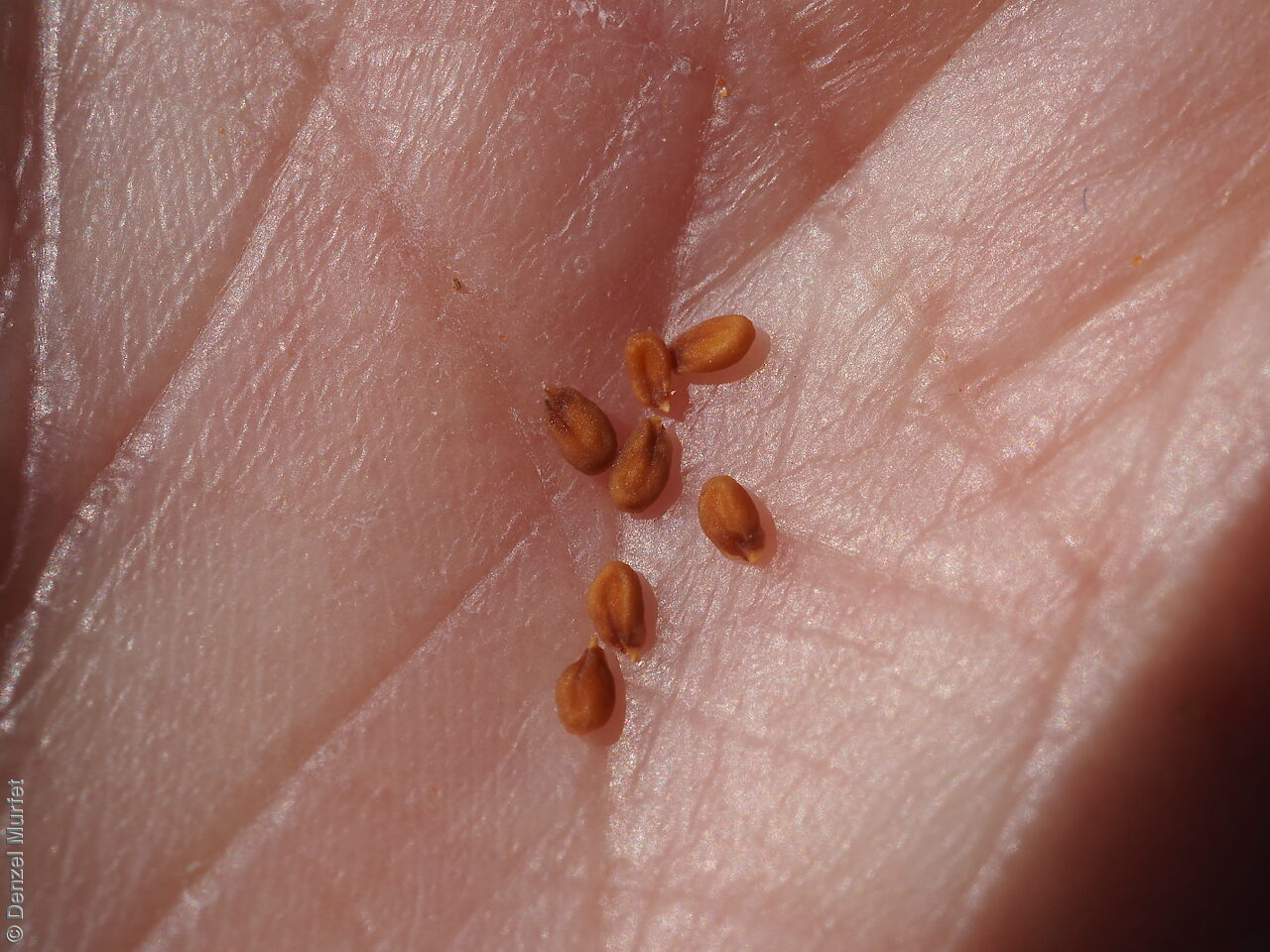

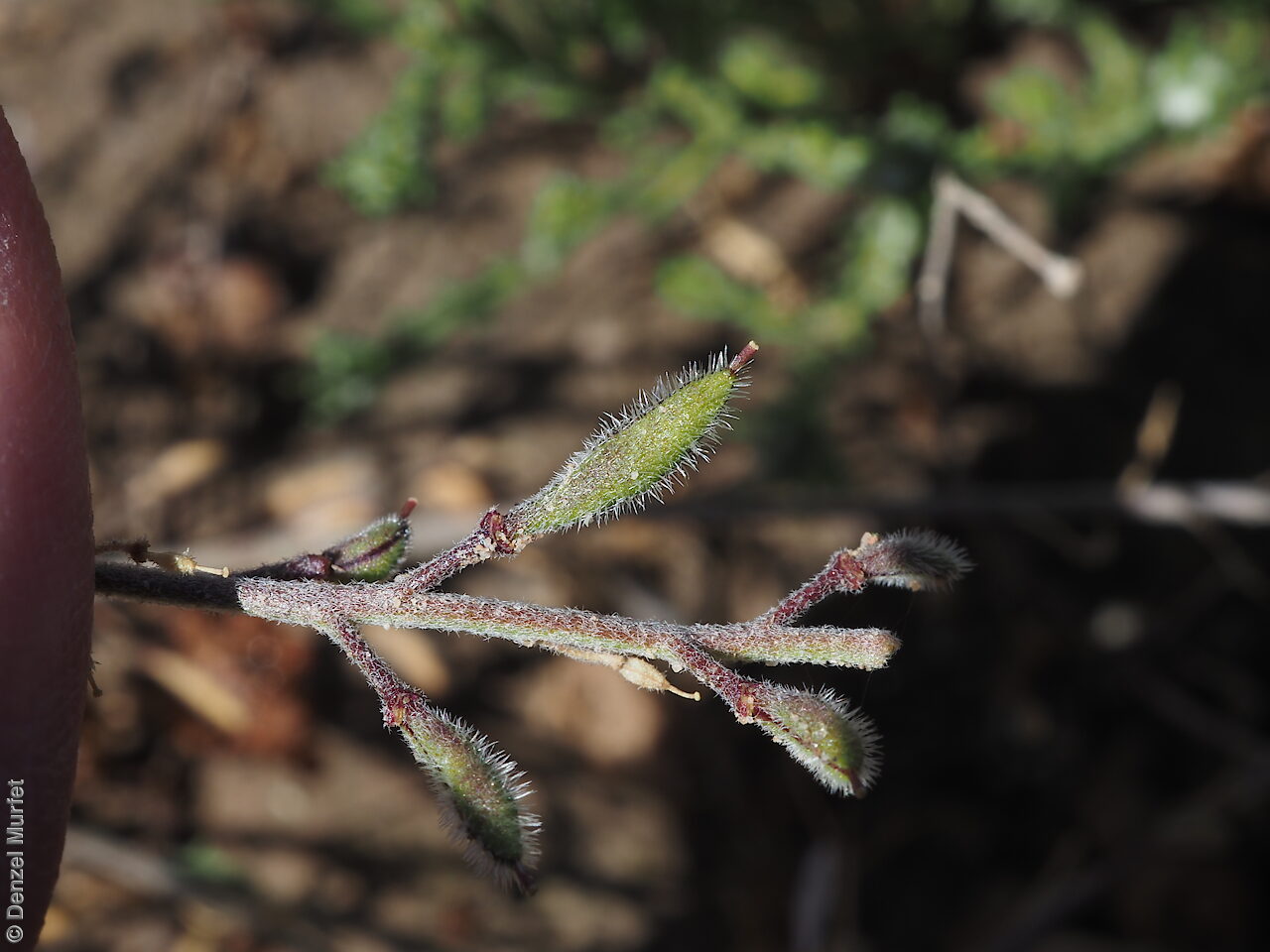
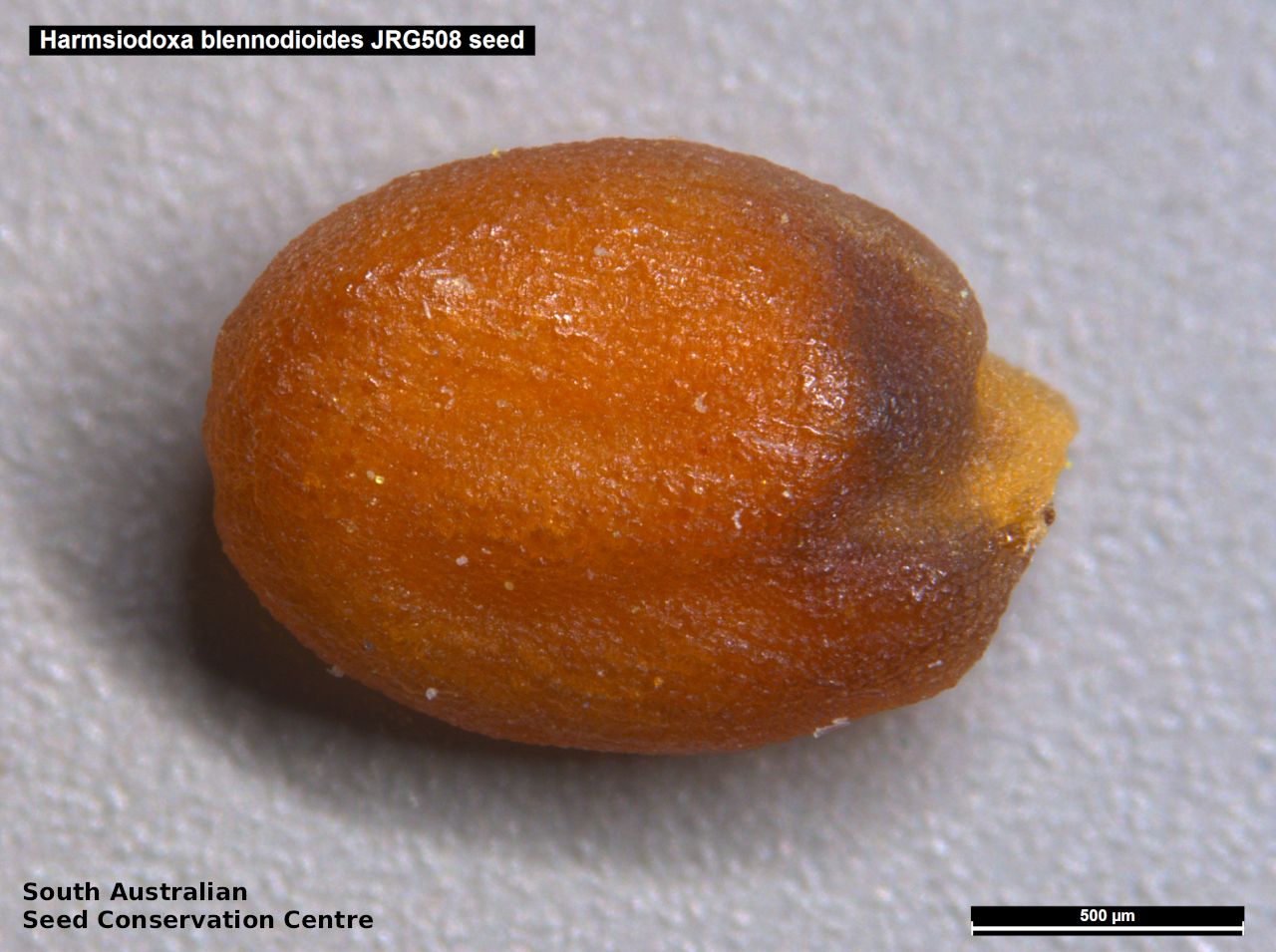

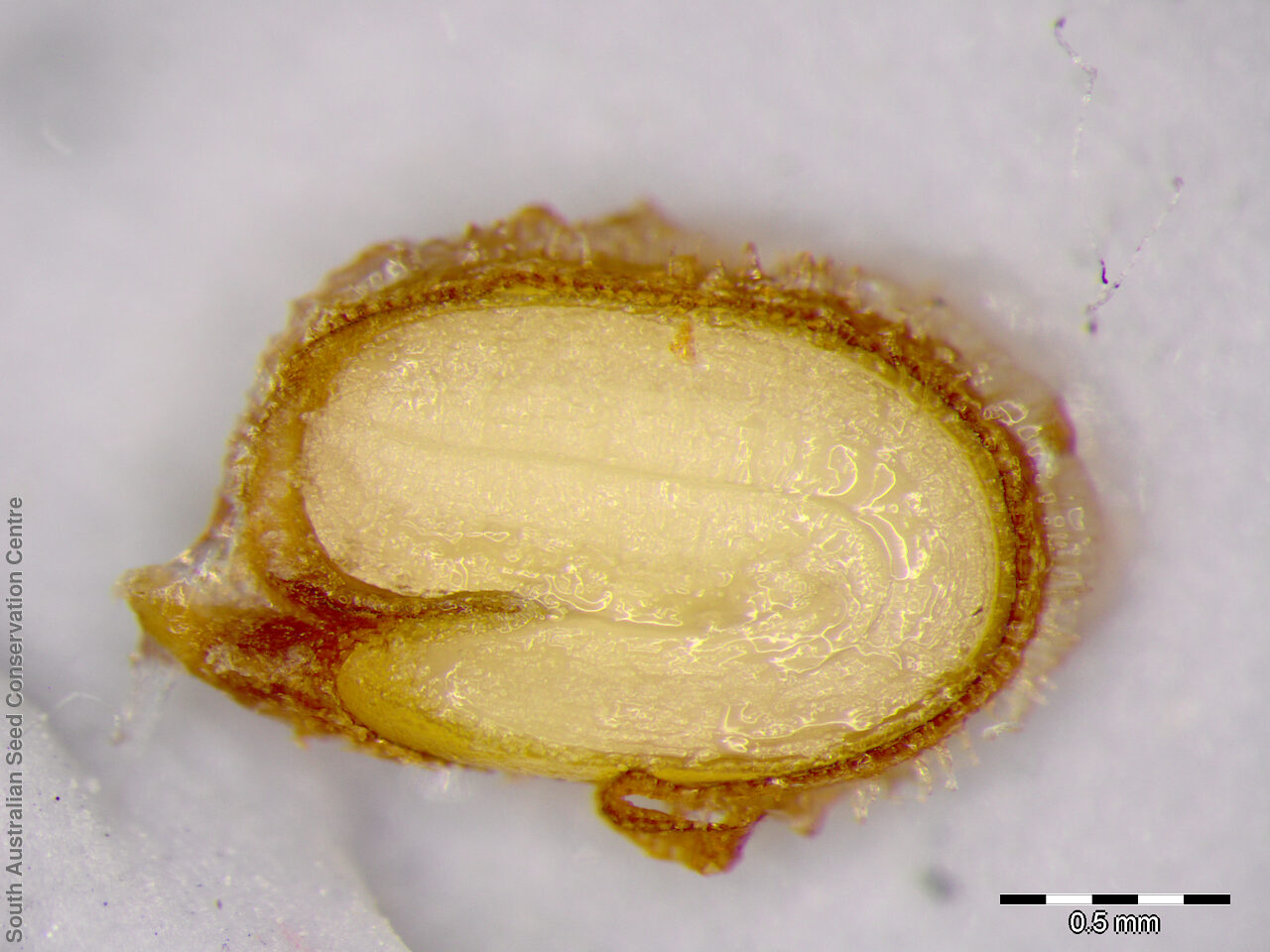
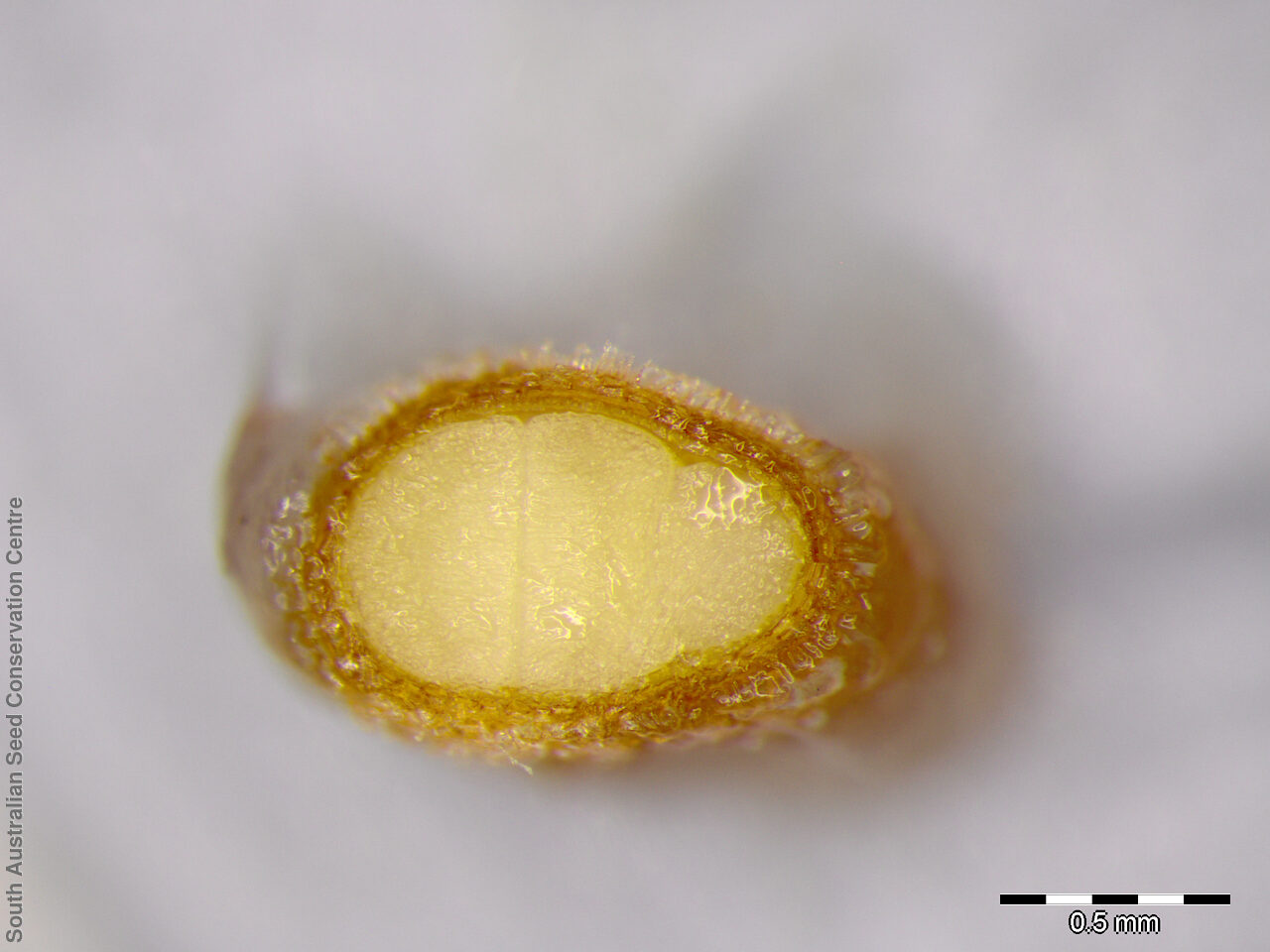
Regional Species Conservation Assessments per IBRA subregion.

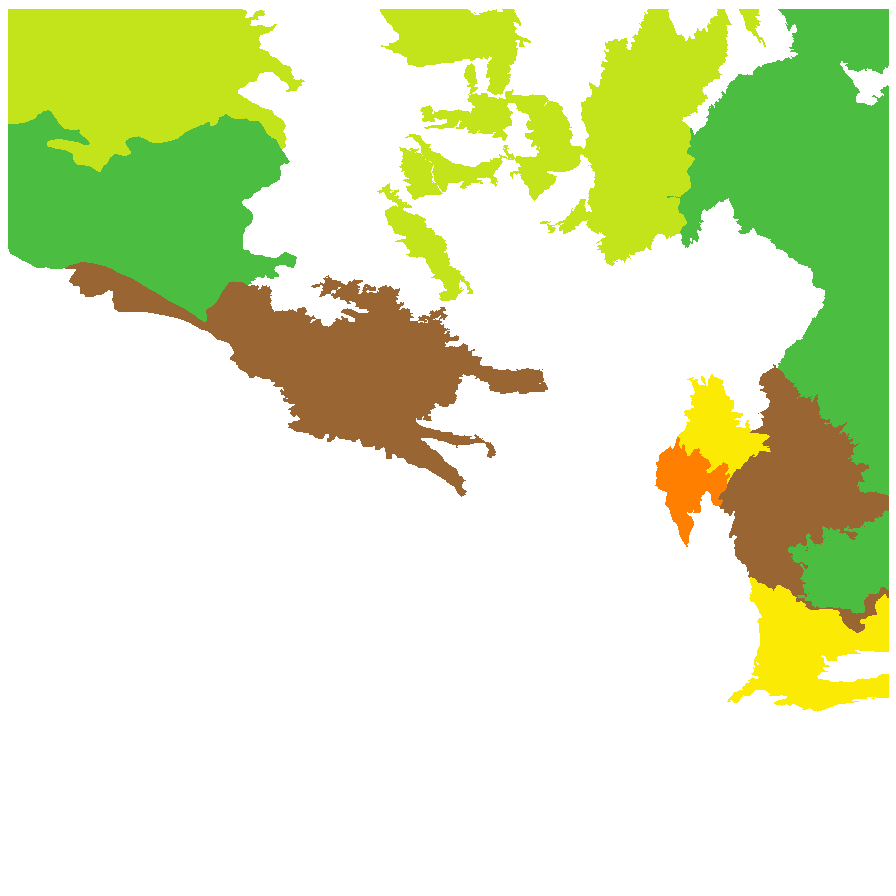
Least concern
Near threatened
Rare
Vulnerable
Endangered
Critically endangered
Extinct
Data deficient
Adelaide
Arkaroola
Ceduna
Coober Pedy
Hawker
Innamincka
Marla
Marree
Mount Gambier
Oodnadatta
Renmark
Wudinna
Keith
Yunta
Display IBRA region text
| Olary Spur (FLB03) | Flinders Lofty Block | Rare (IUCN: RA d(i)) [undercollected] |
| Southern Flinders (FLB04) | | Endangered (IUCN: EN B2ab(i,ii,iii)) (Probable Decline) [no recent records] |
| Central Flinders (FLB06) | | Vulnerable (IUCN: VU D2) [sandhill sp; long curly pods] |
| South Olary Plain (MDD01) | Murray Darling Depression | Least Concern [comes up after good rain] |
| Murray Mallee (MDD02) | | Vulnerable (IUCN: VU B2ab(i,ii,iii)) (Definite Decline) |
| Braemer (MDD07) | | Rare (IUCN: RA d(i)) |
| Murray Scroll Belt (RIV06) | Riverina | Rare (IUCN: RA d(ii)) (Probable Decline) |
| Kingoonya (GAW05) | Gawler | Rare (IUCN: RA d(i,ii)) [no survey records] |
| Maralinga (GVD03) | Great Victoria Desert | Least Concern [no survey records] |
| Kintore (GVD04) | | Near Threatened [sandhill sp; long curly pods] |
| Yellabinna (GVD06) | | Rare (IUCN: RA d(i,ii)) [no survey records] |
| Barrier Range (BHC01) | Broken Hill Complex | Least Concern |
| Barrier Range Outwash (BHC04) | | Least Concern |
| Bimbowrie (BHC05) | | Rare (IUCN: RA d(i)) |
| Curnamona (BHC06) | | Rare (IUCN: RA d(i)) |
| Dieri (SSD03) | Simpson Strzelecki Dunefields | Near Threatened [sandhill sp; long curly pods] |
| Strzelecki Desert (SSD05) | | Least Concern [sandhill sp; long curly pods] |
| Oodnadatta (STP02) | Stony Plains | Near Threatened [sandhill sp; long curly pods] |
| Witjira (STP06) | | Near Threatened [sandhill sp; long curly pods] |
| Sturt Stony Desert (CHC02) | Channel Country | Least Concern [sandhill sp; long curly pods] |
| Coongie (CHC06) | | Least Concern [sandhill sp; long curly pods] |
| Mann-Musgrave Block (CER01) | Central Ranges | Near Threatened [sandhill sp; long curly pods] |
| Watarru (CER02) | | Near Threatened [sandhill sp; long curly pods] |
| 3 of 6 subregions | Flinders Lofty Block | Rare , Vulnerable , Endangered |
| 3 of 6 subregions | Murray Darling Depression | Least Concern , Rare , Vulnerable |
| Murray Scroll Belt (RIV06) | Riverina | Rare (IUCN: RA d(ii)) (Probable Decline) |
| Kingoonya (GAW05) | Gawler | Rare (IUCN: RA d(i,ii)) [no survey records] |
| 3 of 4 subregions | Great Victoria Desert | Least Concern , Near Threatened , Rare |
| 4 of 4 subregions | Broken Hill Complex | Least Concern , Rare |
| 2 of 4 subregions | Simpson Strzelecki Dunefields | Least Concern , Near Threatened |
| 2 of 7 subregions | Stony Plains | Near Threatened |
| 2 of 4 subregions | Channel Country | Least Concern |
| 2 of 3 subregions | Central Ranges | Near Threatened |
Botanical art
Kath Alcock paintings: 2
Prior names
Harmsiodoxa cunninghamii
Erysimum cunninghamii
Blennodia cunninghamii
Erysimum lasiocarpum
Erysimum blennodioides
Blennodia lasiocarpa
Sisymbrium lasiocarpum
Blennodia blennodioides
Common names
May Smocks
Hairy-pod Cress
Etymology
Harmsiodoxa named after August Theodor Harms (1870-1942), a German taxonomist and botanist, with the Greek 'doxa' meaning praise. Blennodioides means resembling the genus Blennodia.
Distribution and status
Found across the northern part of South Australia, growing in sandy soil. Also found in the Northern Territory, Queensland, New South Wales and Victoria. Native. Common in South Australia. Common in the other States.
Herbarium regions: North Western, Lake Eyre, Flinders Ranges, Eastern, Eyre Peninsula, Murray
NRM regions: Alinytjara Wilurara, Eyre Peninsula, South Australian Arid Lands, South Australian Murray-Darling Basin
AVH map: SA distribution map (external link)
Plant description
Erect, hairy annual herb to 30 cm tall. Basal leaves narrow-obovate, coarsely lobed to toothed with 1-3 pairs of triangular lobes; upper leaves reducing. Flowers along a spike with white, pink or lavender flowers. Flowering between July and December. Fruits are hairy brown ovoid pod to 25 mm long, with simple hairs at the distal end, longer than at the proximal end. Seed embryo type is bent.
Seed collection and propagation
Collect seeds between September and February. Collect maturing pods those turning pale brown with hard seeds inside. Be gentle with the pods as they split open easily. Place the pods in a tray and cover with paper to prevent seeds from popping out and leave to dry for a week. Then rub the dried pods gently by hand to dislodge the seeds. Use a sieve to separate the unwanted material. Store the seeds with a desiccant such as dried silica beads or dry rice, in an air tight container in a cool and dry place. From one collection, the seed viability was high, at 95%. This species has physiological dormancy that need to be overcome for the seed to germinate.
| Location | No. of seeds
(weight grams) | Number
of plants | Date
collected | Collection number
Collection location | Date
stored | % Viability | Storage
temperature | BGA
MSB | 3,900 (2.83 g)
3,900 (2.83 g) | | 25-Sep-2008 | DJD1136
Lake Eyre | 20-Jul-2009 | 95% | -18°C |
Location: BGA — the seeds are stored at the Adelaide Botanic Gardens, MSB — the seeds are stored at the Millennium Seed Bank, Kew, England.
Number of plants: This is the number of plants from which the seeds were collected.
Collection location: The Herbarium of South Australia's region name.
% Viability: Percentage of filled healthy seeds determined by a cut test or x-ray.




























